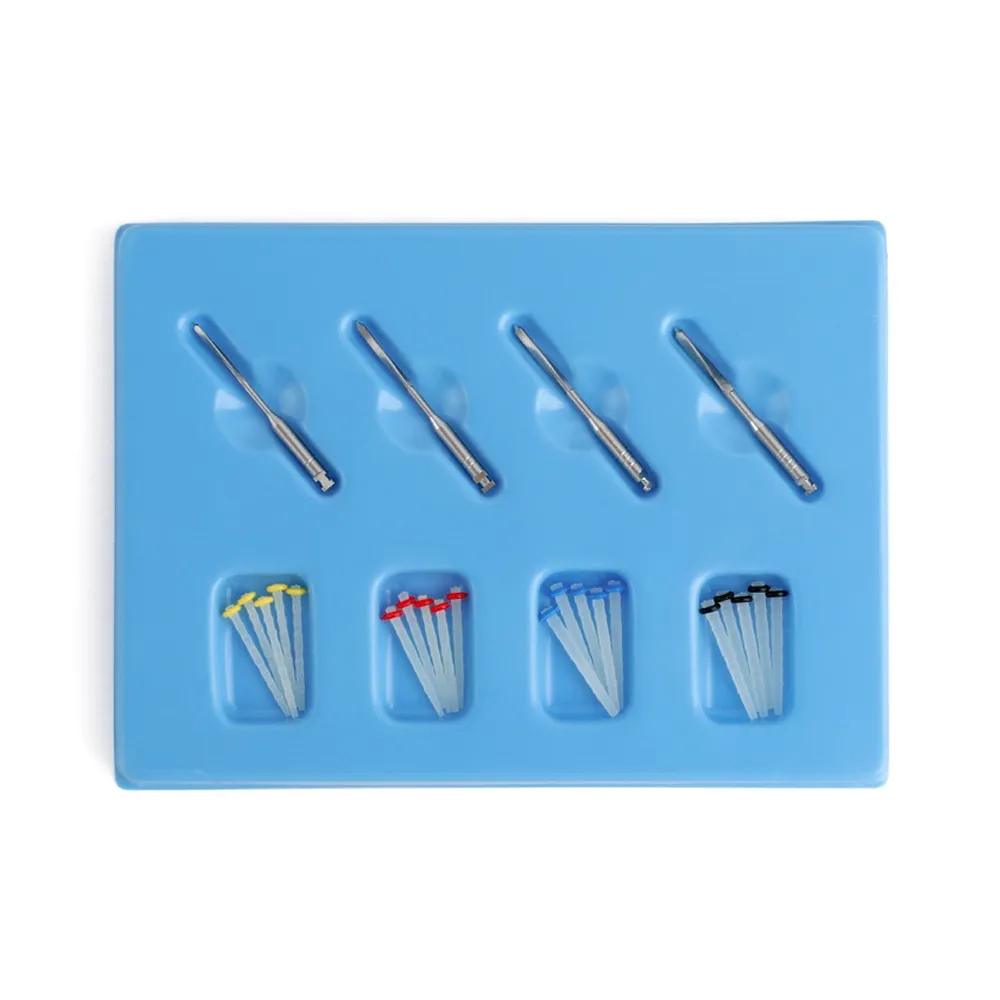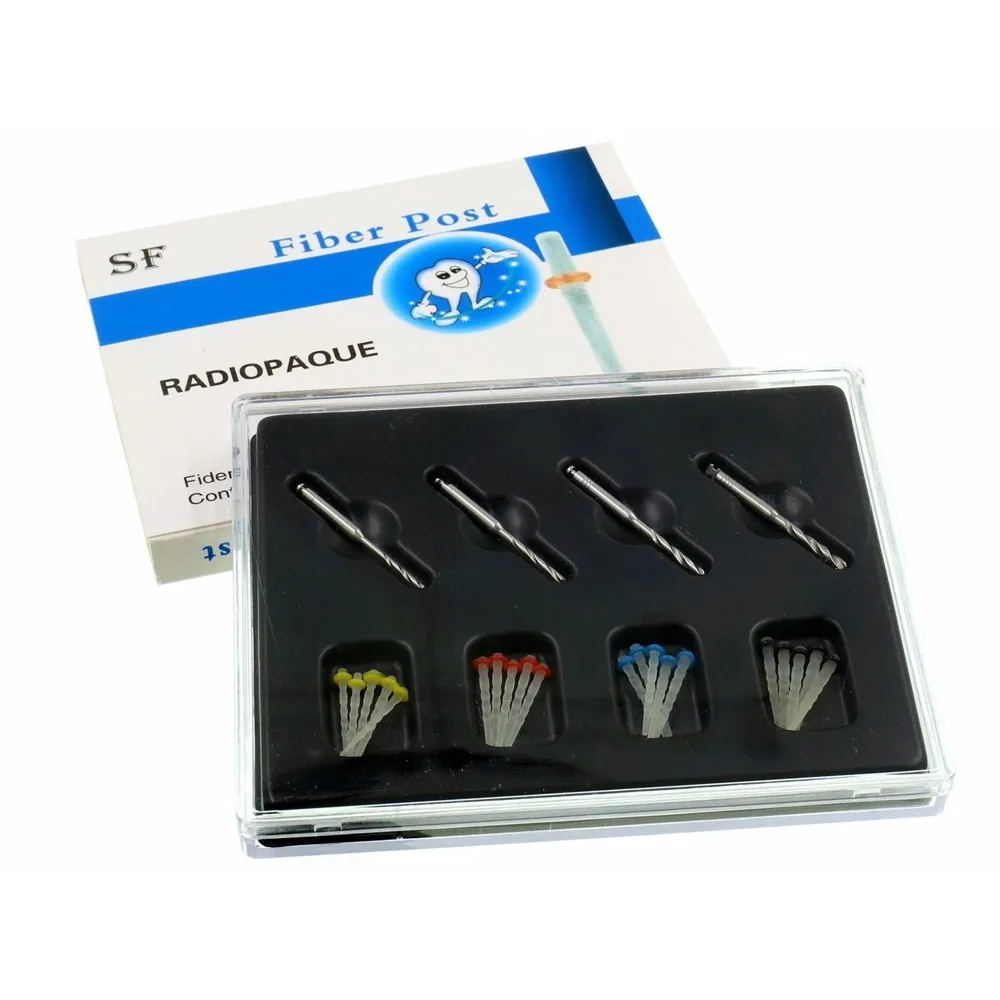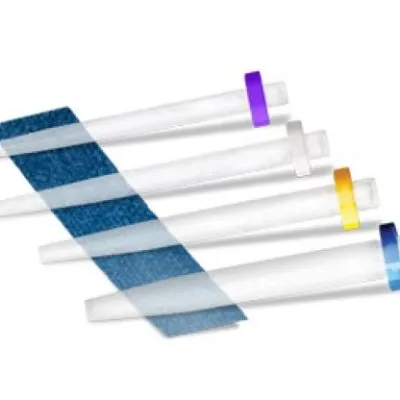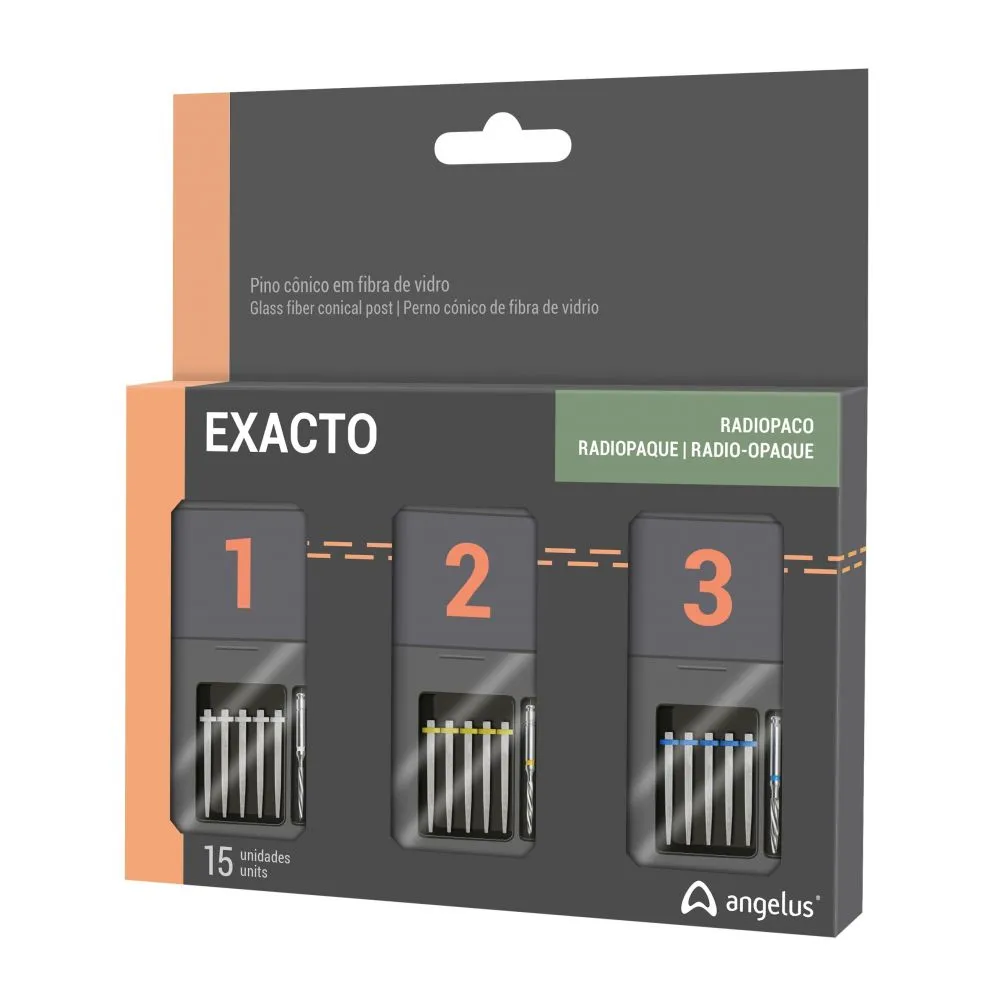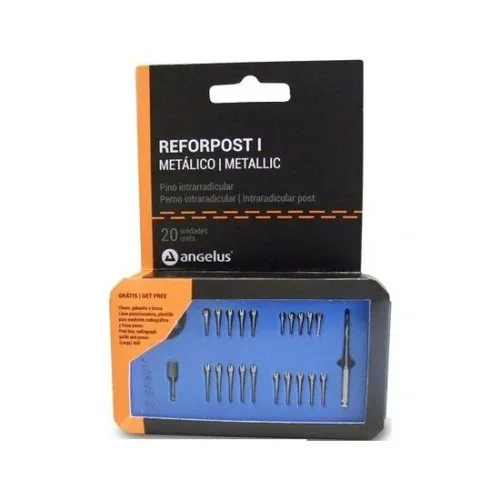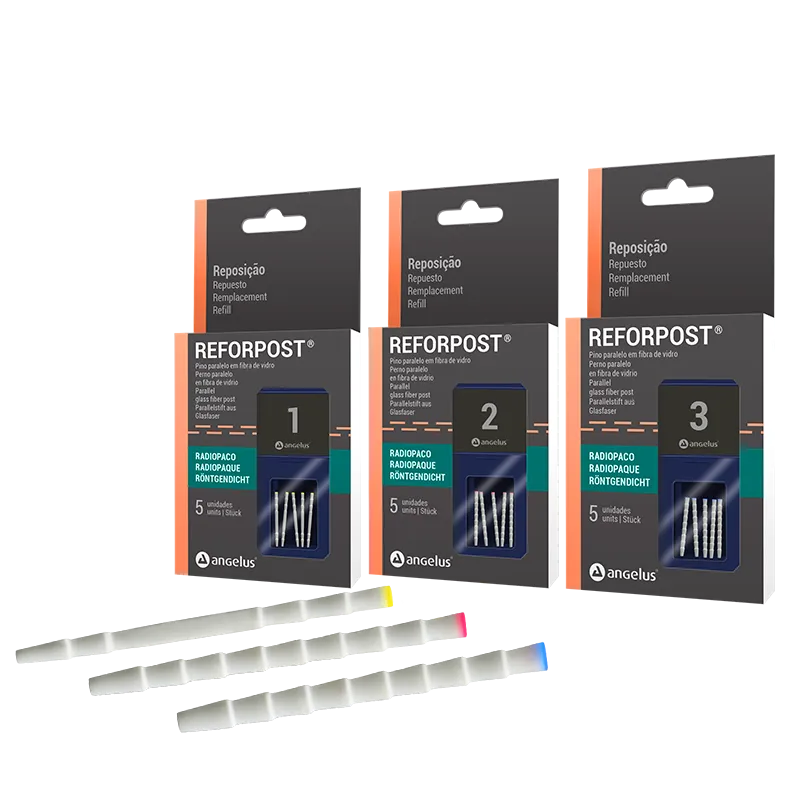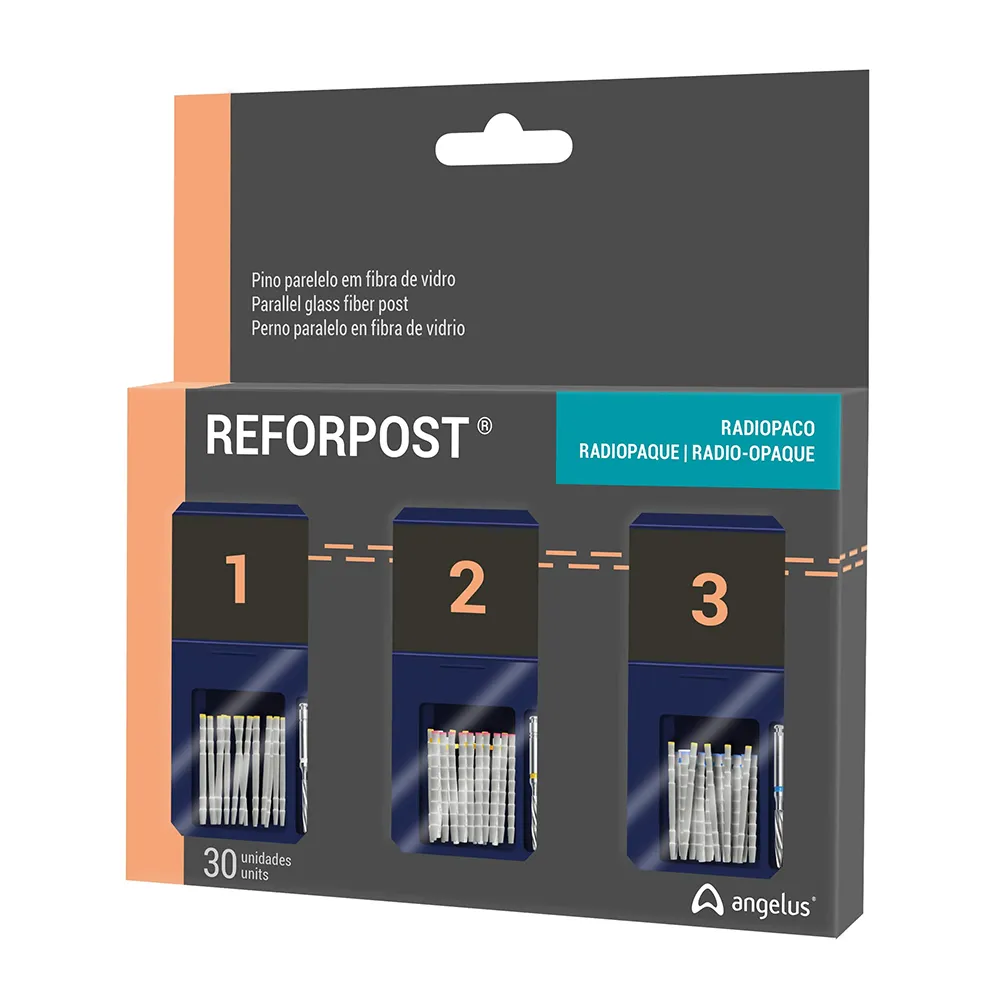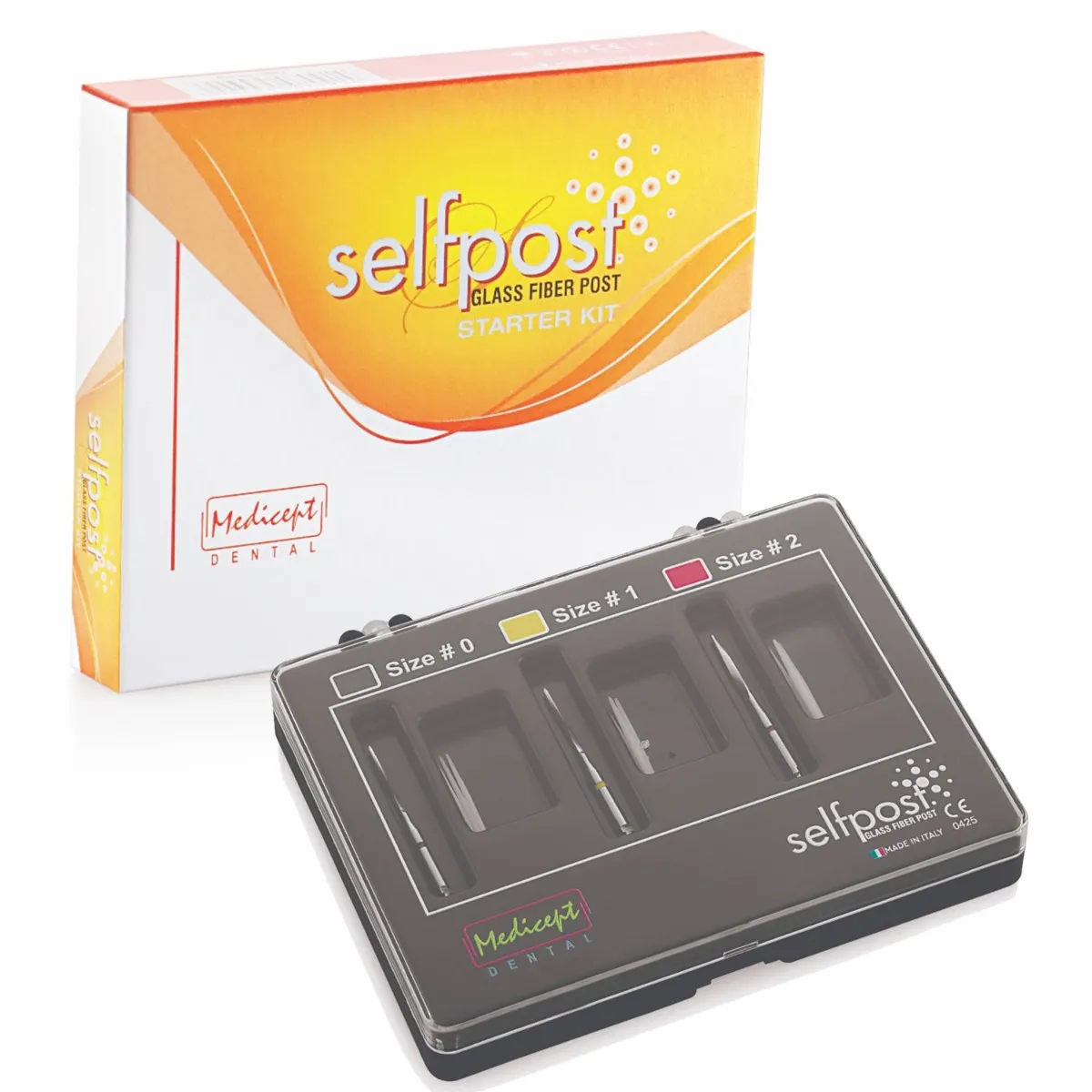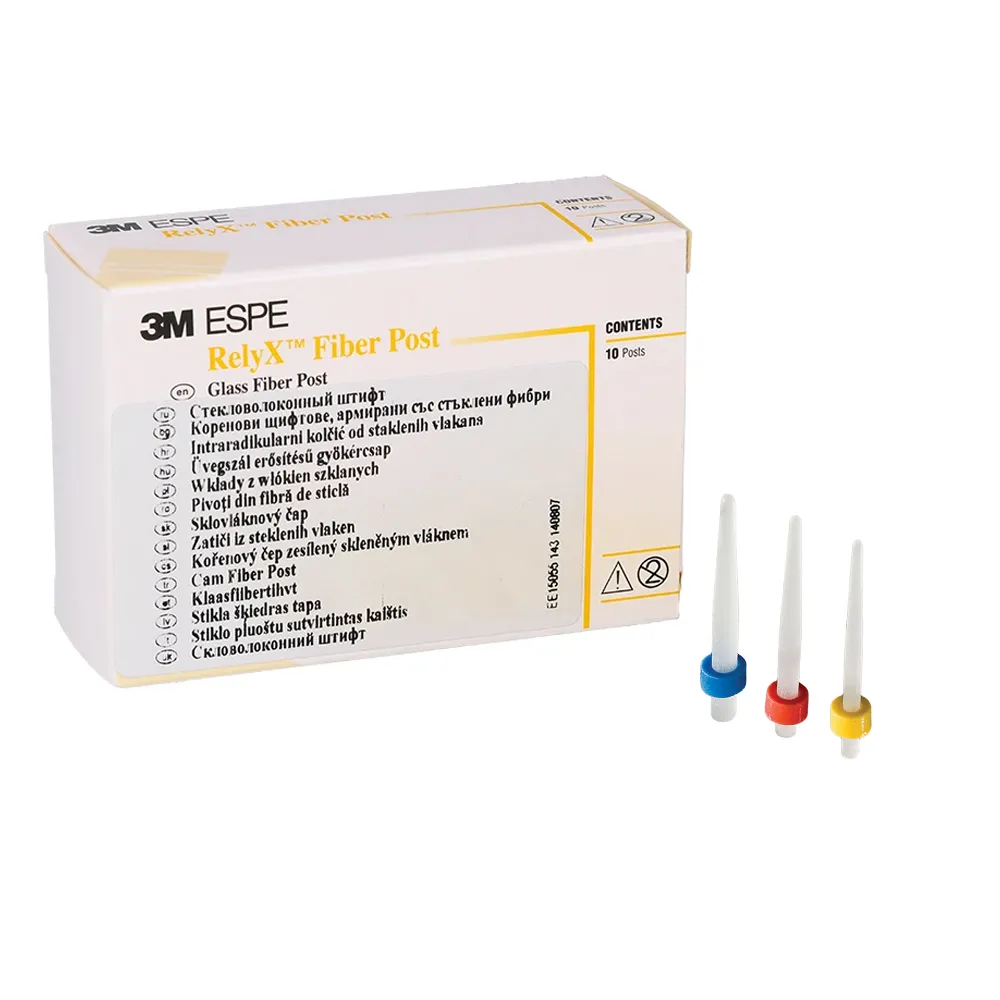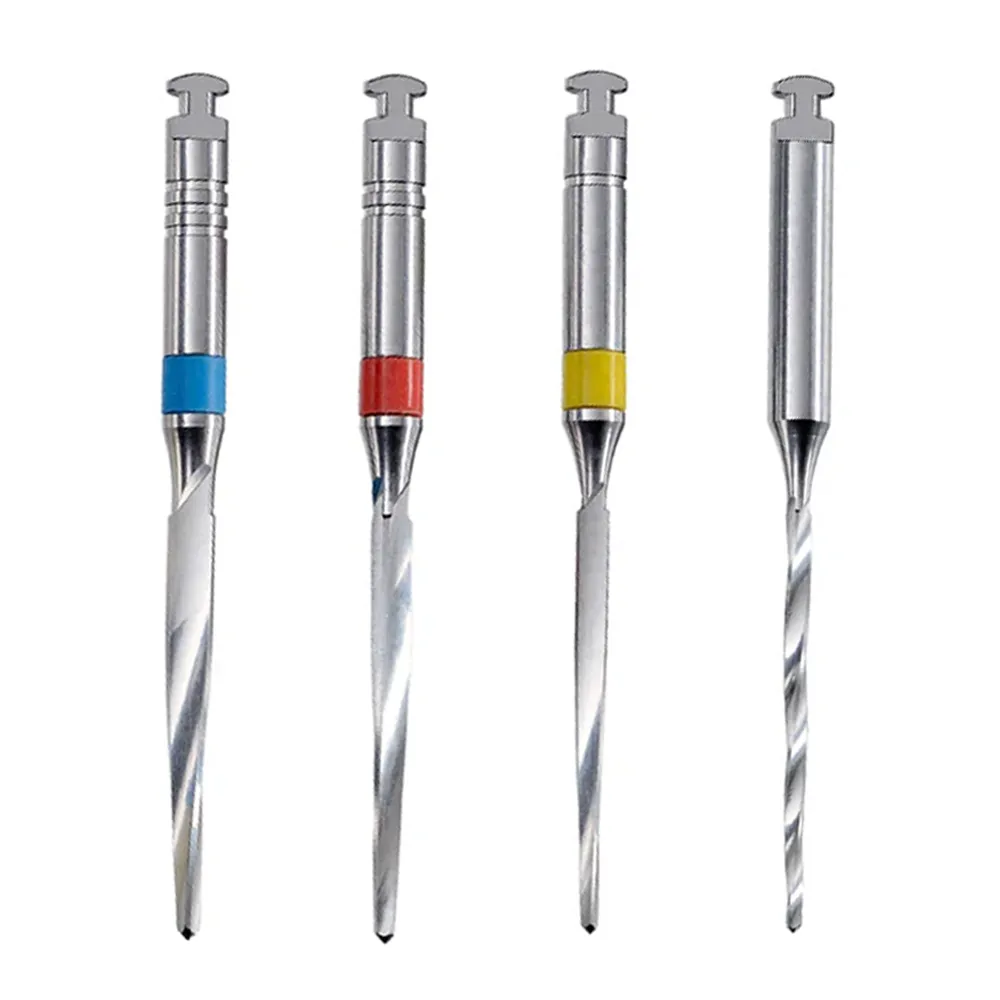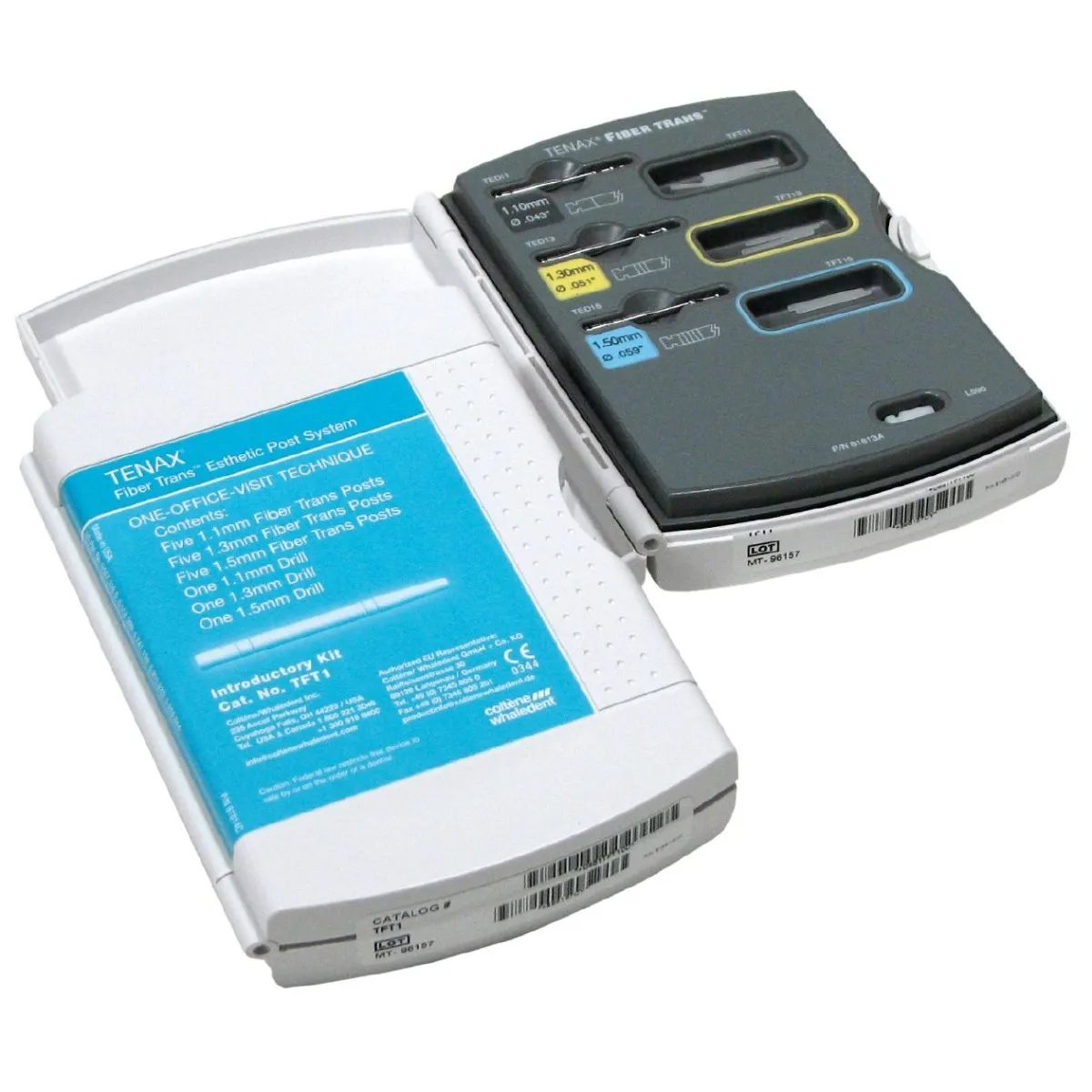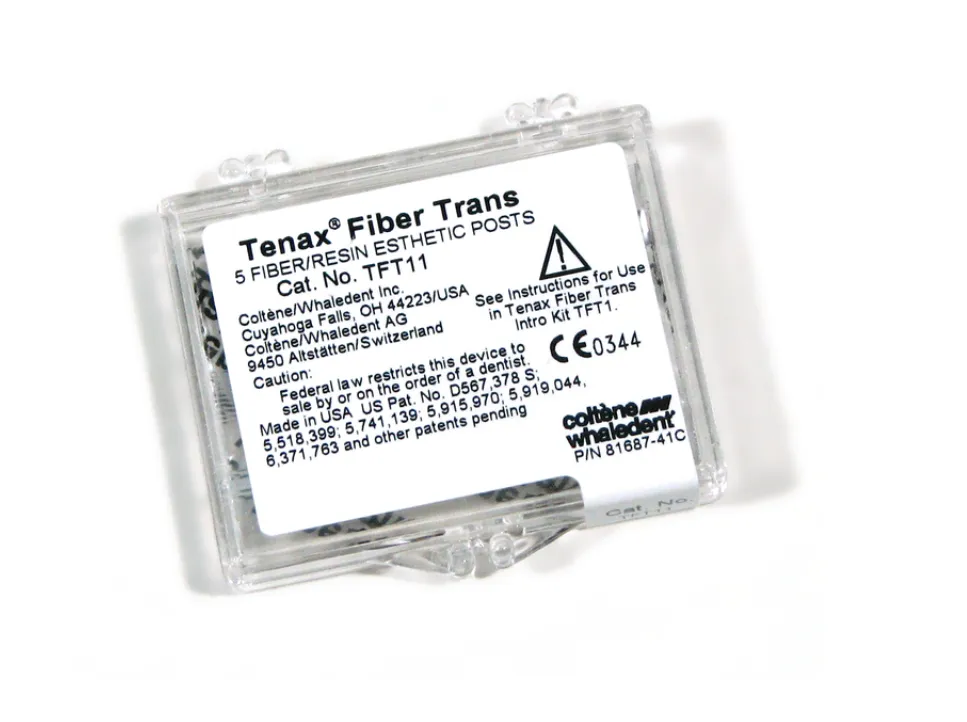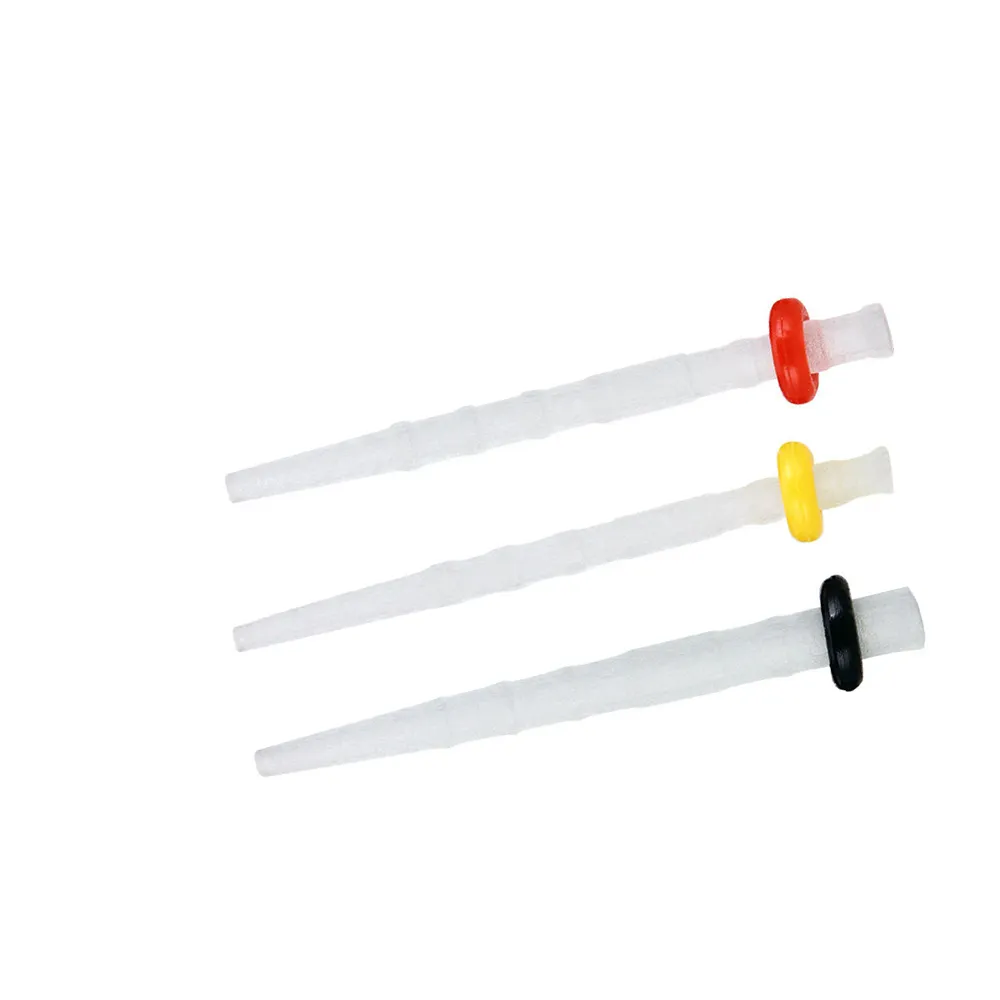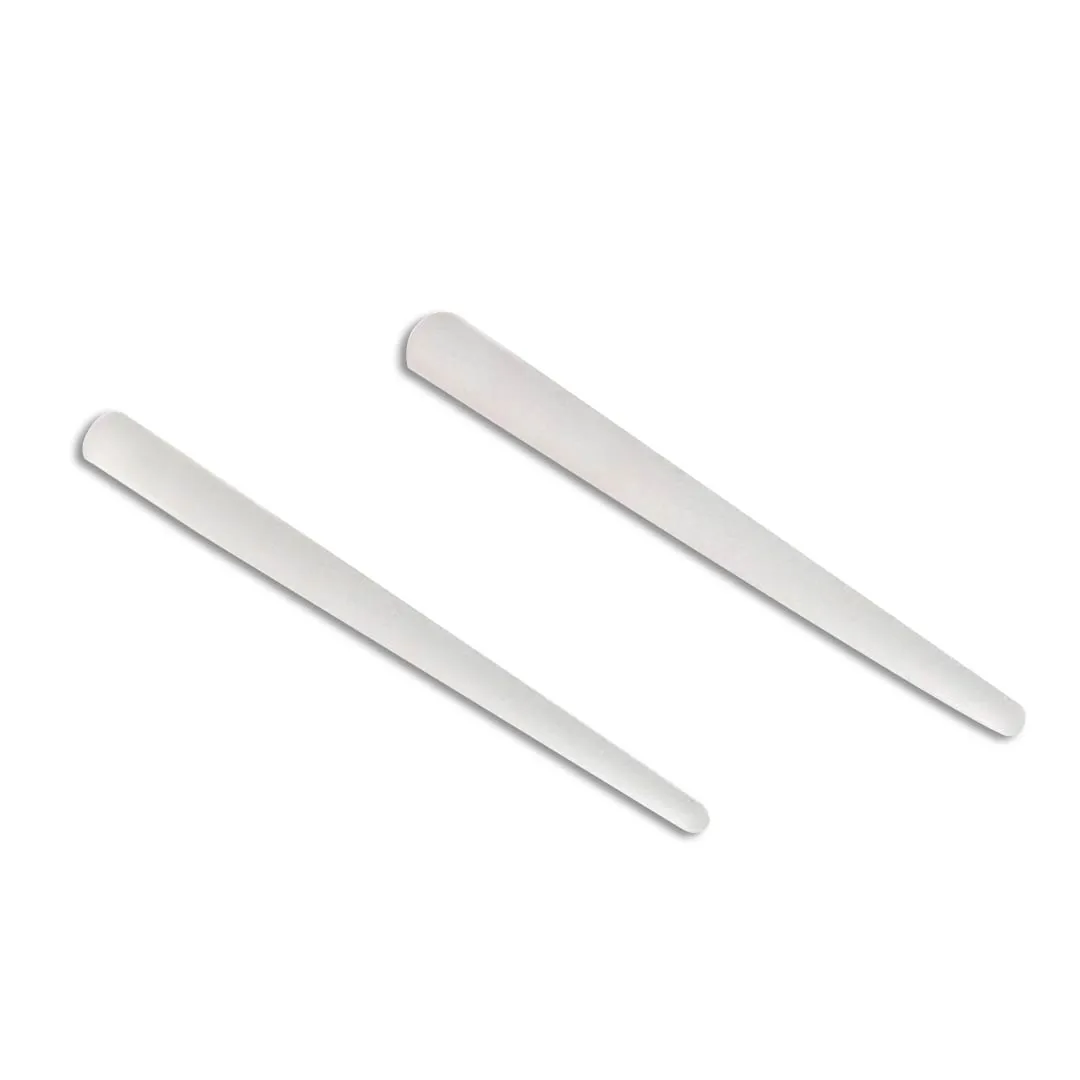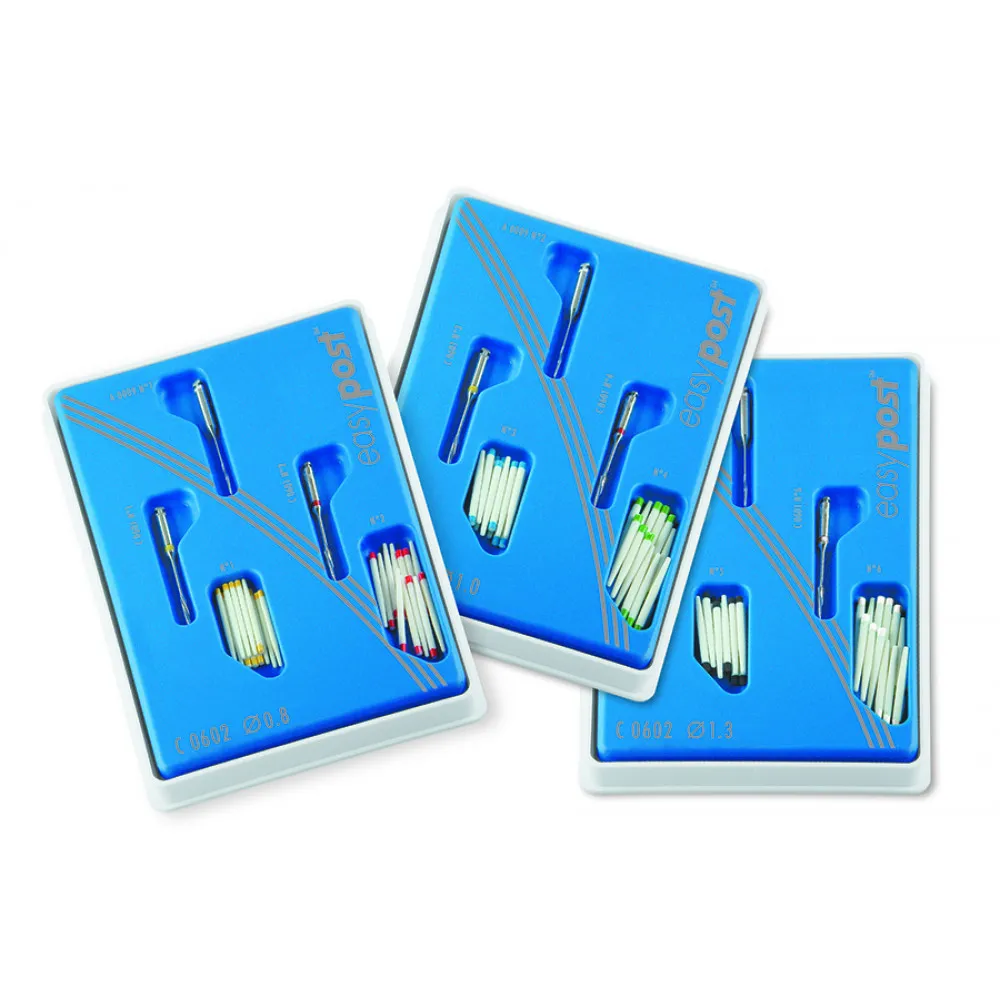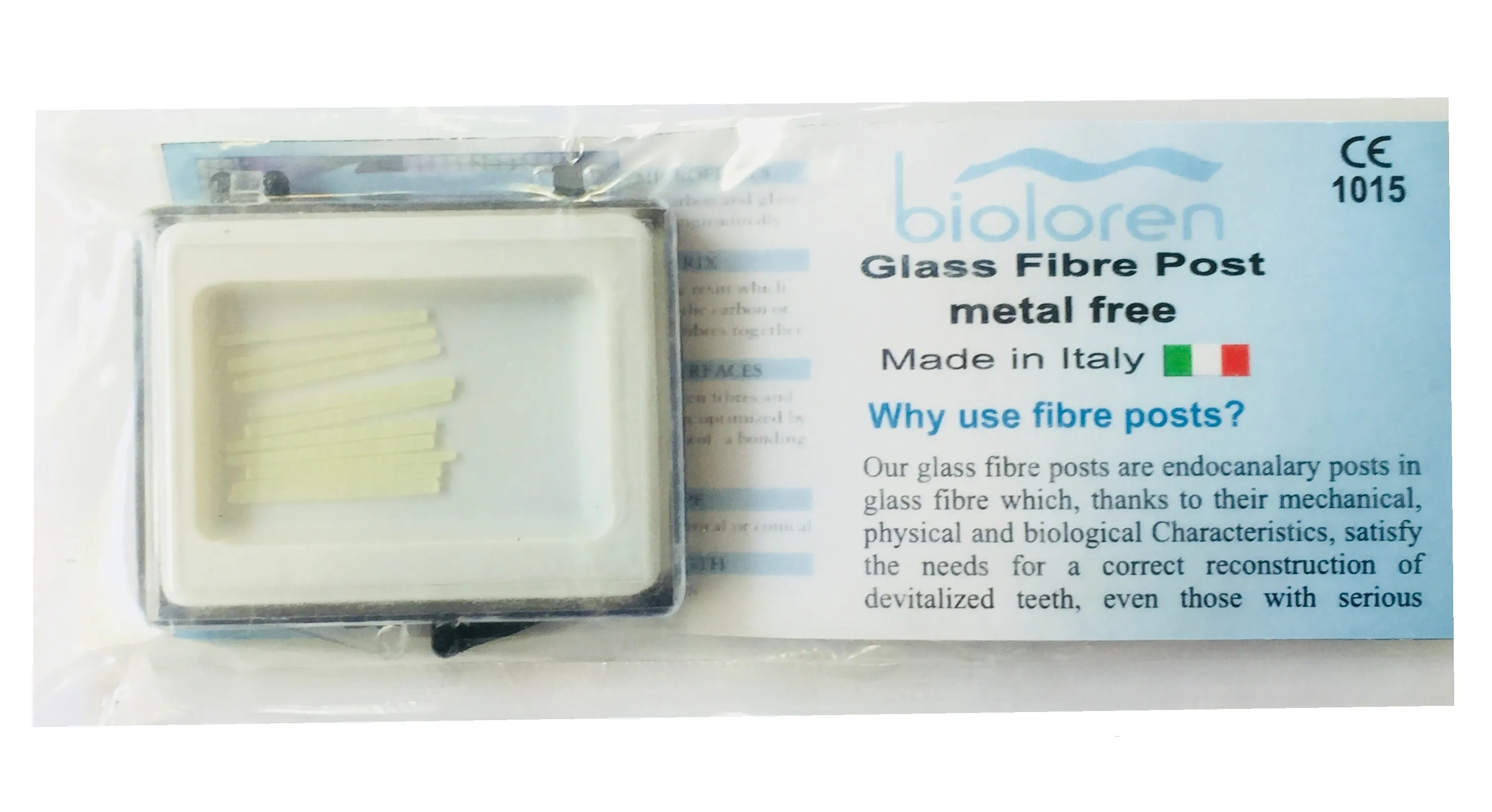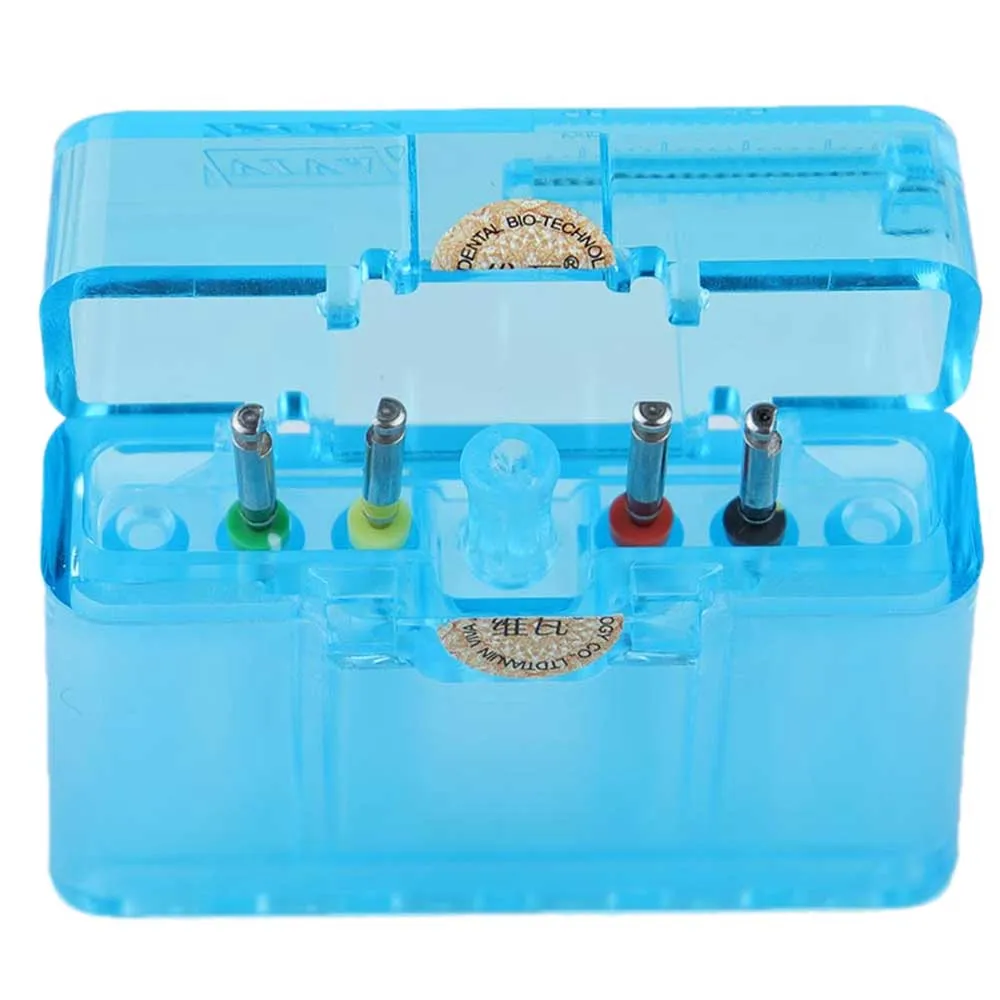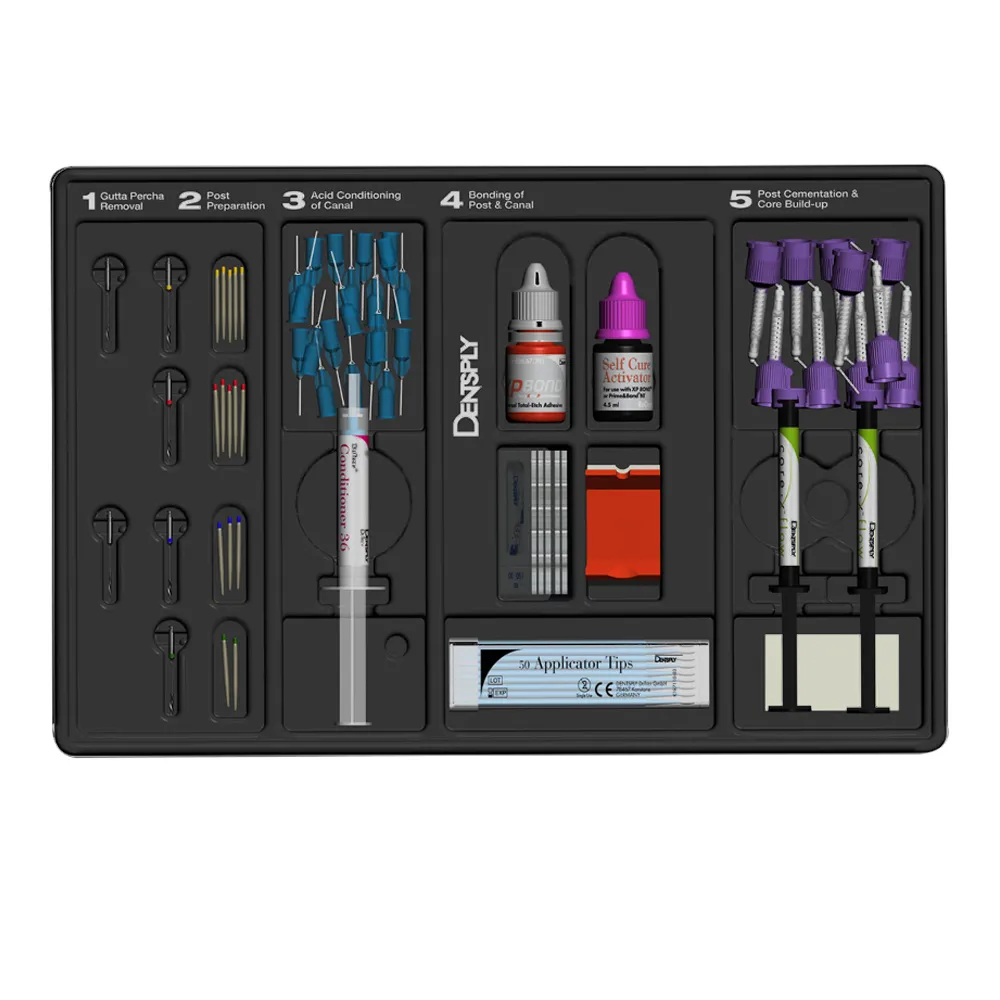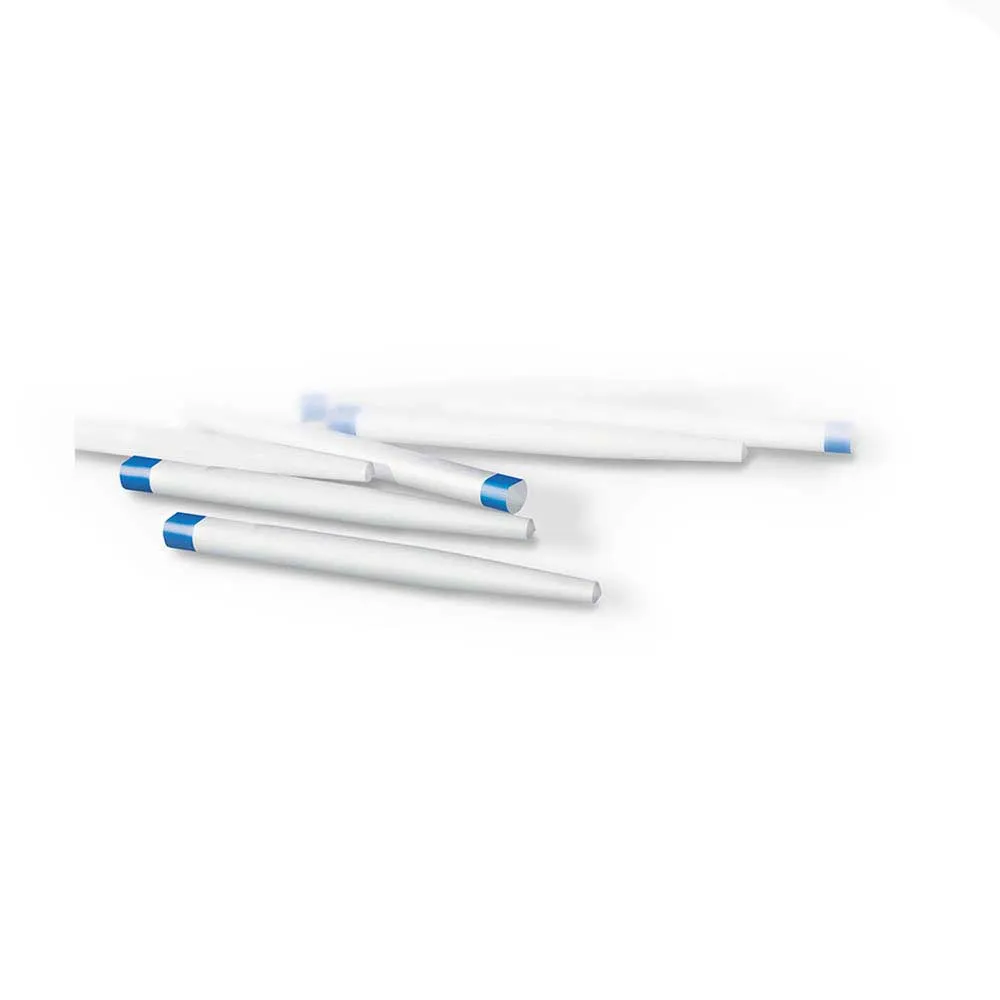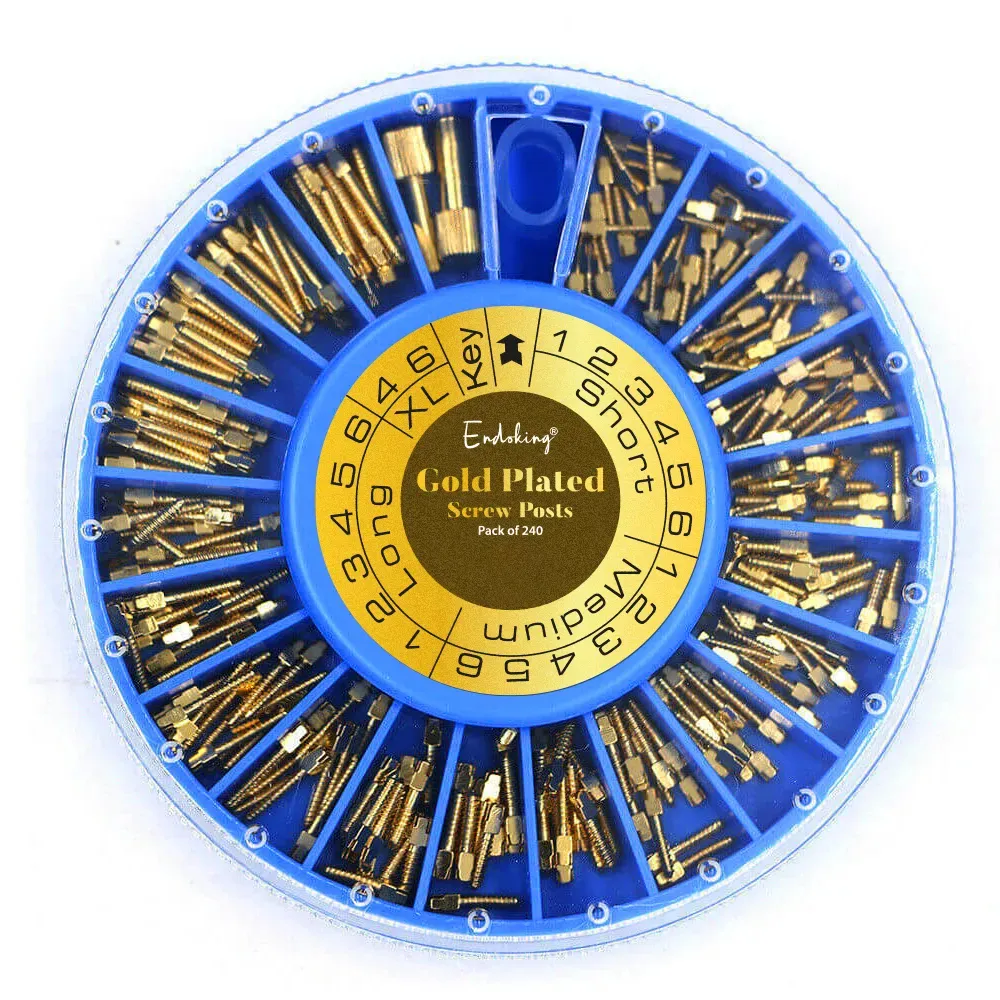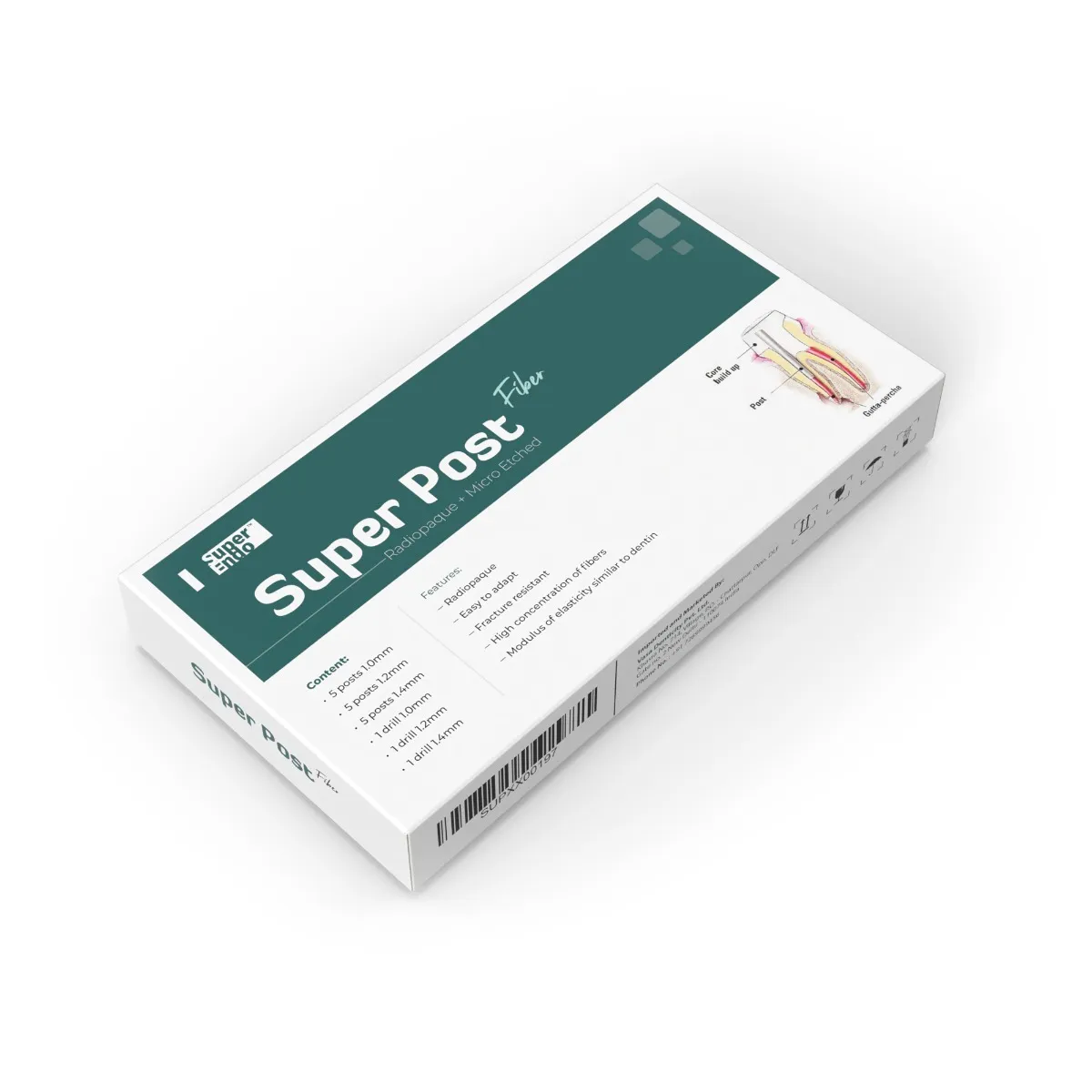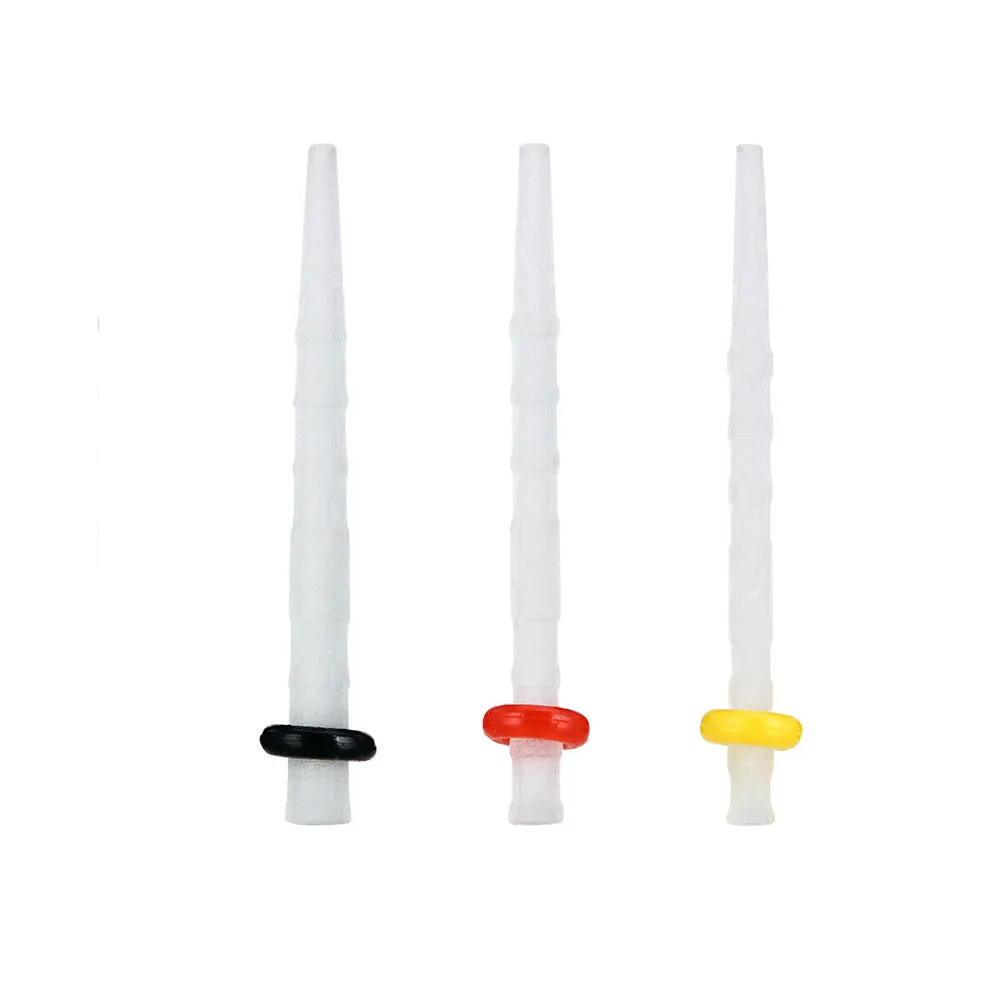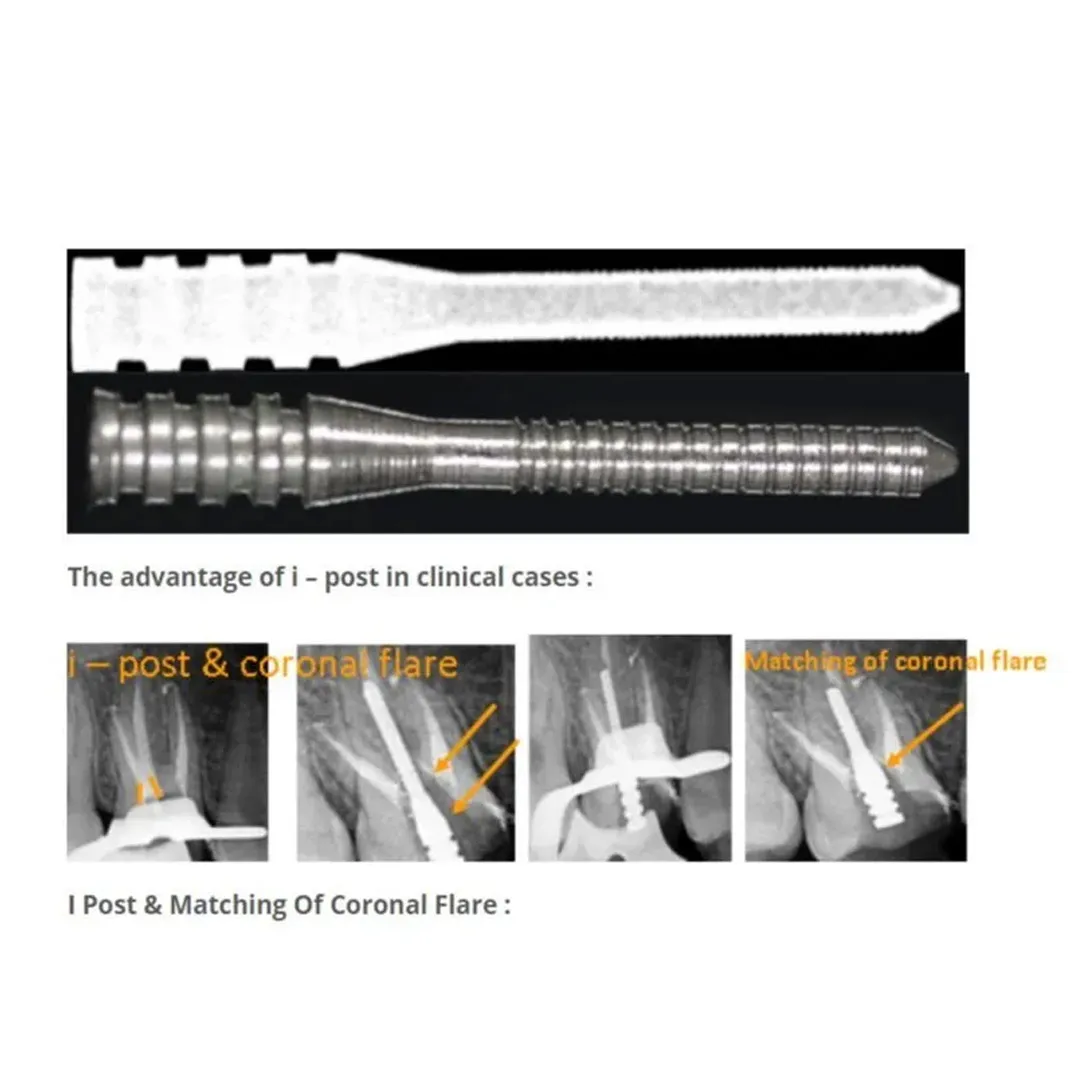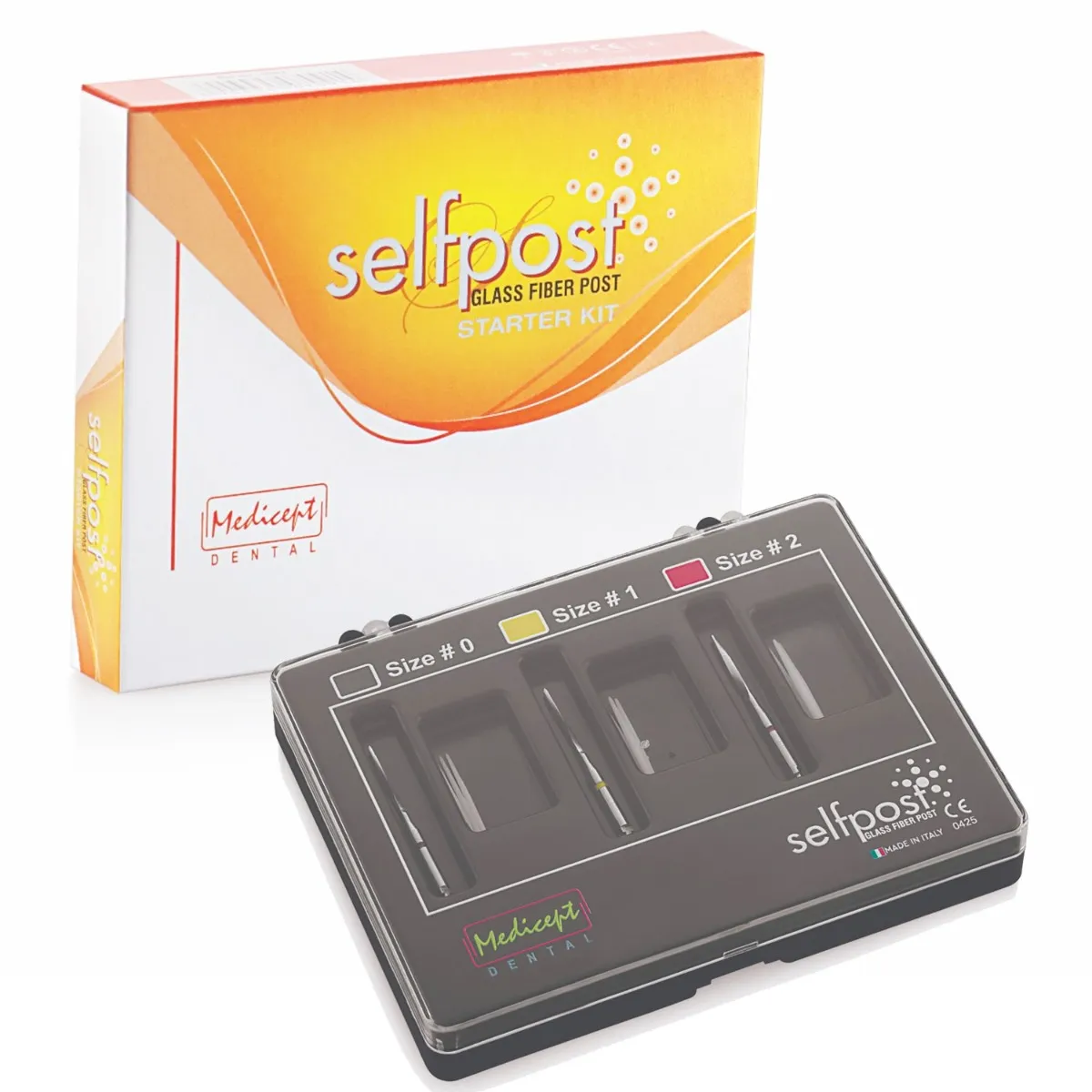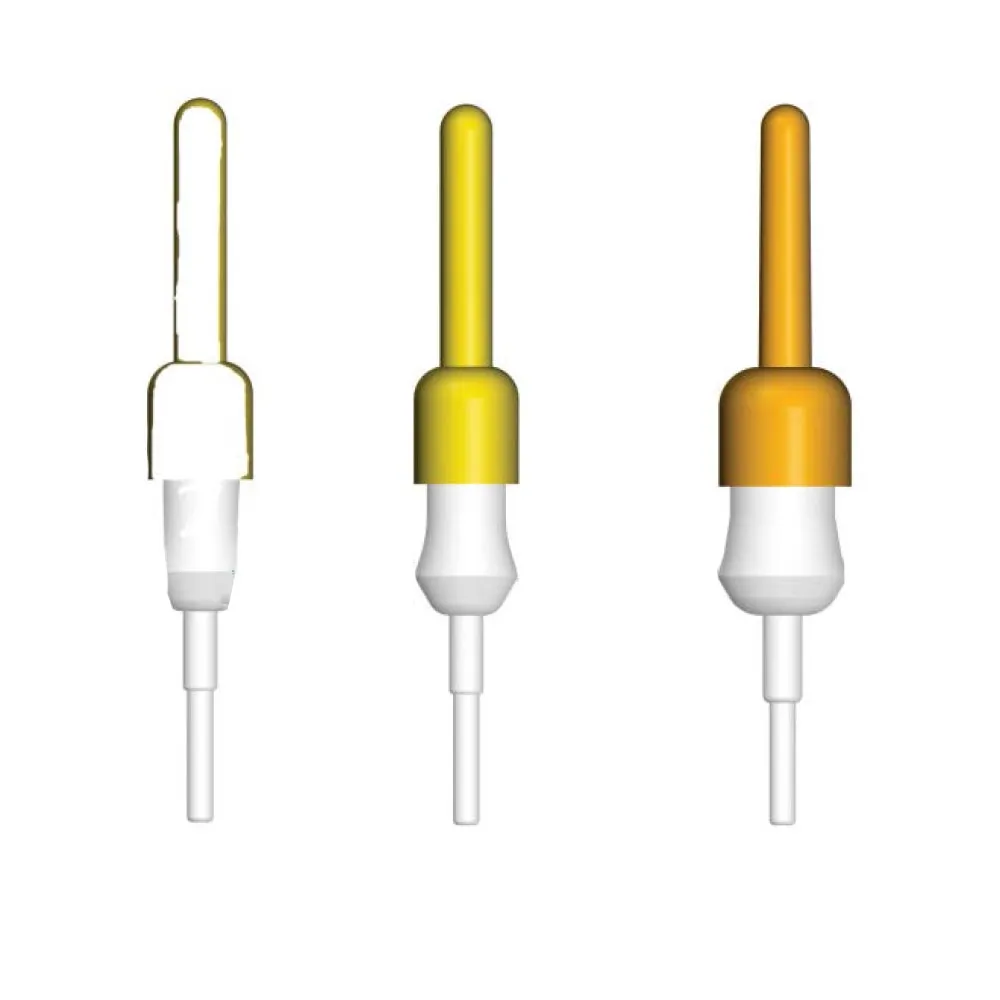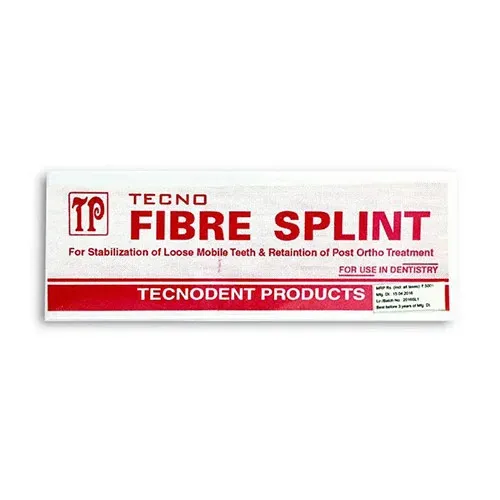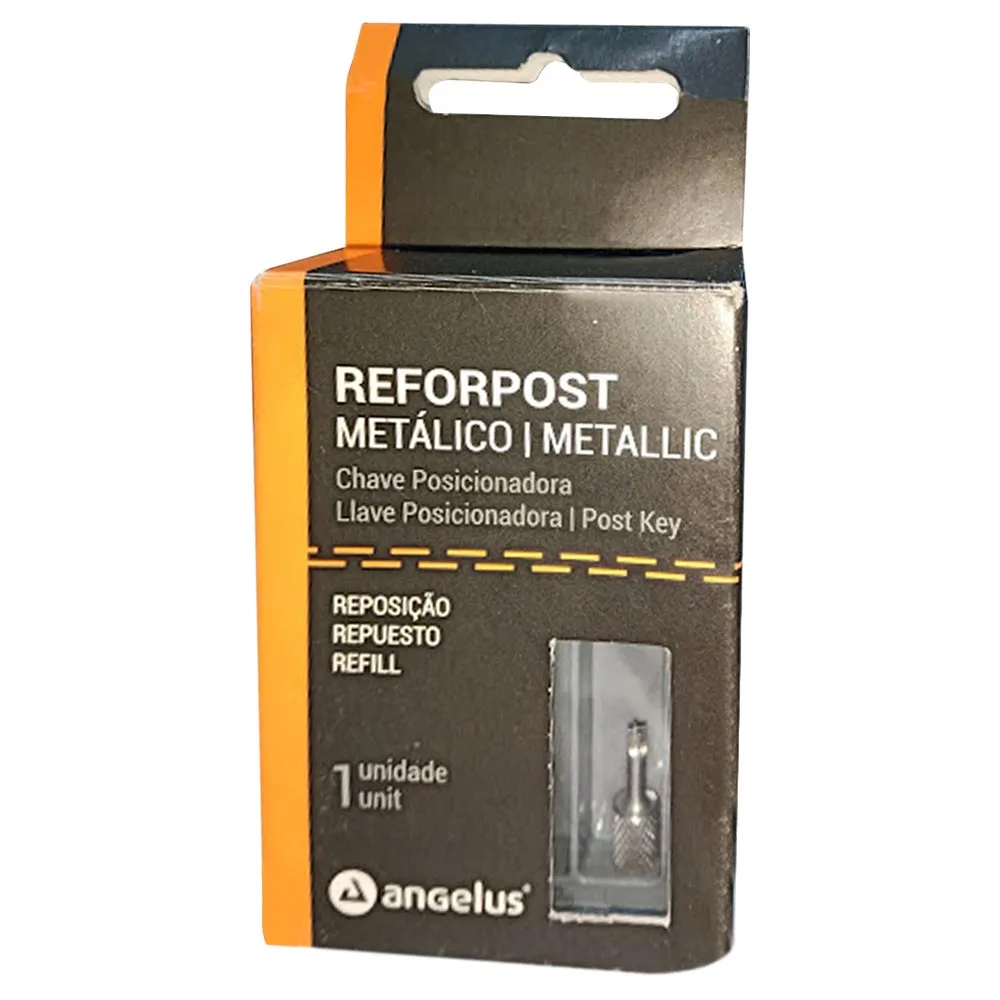Posts & Drills: The Pillars of Precision Dentistry
Introduction:
In the world of dentistry, precision is paramount. The art and science of restorative and endodontic dentistry rely heavily on the use of Posts & Drills. These unassuming instruments play a pivotal role in preserving and restoring teeth, ensuring the longevity of dental treatments. From providing structural support to shaping and preparing teeth, Posts & Drills are the unsung heroes that uphold the foundation of modern dentistry.
The Diversity of Posts & Drills:
Posts & Drills in dentistry are not one-size-fits-all. They come in various types and sizes, each tailored to meet specific clinical needs. Let's explore some common types:
- Fiber Posts: These slender posts are often used in the restoration of endodontically treated teeth. Fiber posts provide stability and support to the core buildup and final restoration, ensuring the tooth's strength and functionality.
- Metal Posts: When added strength is required, metal posts step in. Typically made of materials like titanium or stainless steel, these robust posts offer exceptional retention for crown restorations, making them ideal for teeth that need an extra boost.
- Dental Drills: The quintessential tool in any dentist's armamentarium, dental drills are versatile instruments used in various restorative procedures. From crown preparation to shaping and removing tooth structure, these precision tools are the sculptors of the dental world.
Mastering the Art of Post Placement:
Post-placement is a delicate procedure that demands meticulous attention to detail. Here's a step-by-step guide:
- Tooth Preparation: The journey begins with preparing the tooth. Decay and damaged portions are removed, leaving behind a sound foundation for restoration.
- Selecting the Right Post: The next crucial step is choosing the appropriate post. Factors such as tooth anatomy, size, and the type of restoration play a pivotal role in this decision.
- Securing the Post: The selected post is then inserted into the prepared root canal. Adhesive cement is used to secure the post firmly in place. This post serves as the backbone for the core buildup and the final restoration, often a crown.
The Art of Drill Usage:
Dental drills are the precision instruments that transform a tooth into a canvas ready for restoration. Here's how they are employed:
- Procedure Assessment: The dentist begins by assessing the specific procedure requirements. Different drills are designed for various tasks, such as removing decay or shaping the tooth.
- Selecting the Right Drill: With the procedure assessed, the dentist selects the appropriate drill from their arsenal. The choice depends on the type of tooth, the extent of the procedure, and the desired outcome.
- Sculpting and Shaping: The chosen drill is meticulously used to remove tooth structure and create an ideal surface for the placement of restorative materials. This process is akin to sculpting, where precision is key.
Dentalkart: Your Trusted Companion in Precision Dentistry:
Dentalkart stands as a beacon of reliability for dental professionals seeking high-quality Posts & Drills. Here's why Dentalkart is the preferred choice:
- Quality Assurance: Dentalkart sources products exclusively from reputable manufacturers known for their unwavering commitment to quality and precision. When you choose Dentalkart, you choose excellence.
- Competitive Pricing: Dentalkart understands the financial considerations of dental practices. Therefore, it offers competitive pricing, making high-quality instruments accessible without compromising on quality.
- Diverse Product Catalog: Dentalkart boasts an extensive product catalog that covers a wide spectrum of dental instruments, equipment, and supplies. It serves as a one-stop destination, simplifying the procurement process for dental professionals.
- Convenience: Dentalkart's user-friendly platform simplifies the entire process, from browsing to selection and purchase. This efficiency saves practitioners valuable time, allowing them to focus on patient care.
- Timely Delivery: Dentalkart is committed to ensuring the prompt delivery of orders. This dedication minimizes disruptions to dental practices, allowing for smooth operations.
- Customer Support: Dentalkart's dedicated customer support team is always at your service. Whether you have inquiries or require assistance, they are readily available to provide the guidance you need.
In Conclusion:
Posts & Drills are the unsung heroes of dentistry, quietly but effectively ensuring the success of restorative and endodontic treatments. Dentalkart, with its wide range of high-quality options, stands as a reliable partner for dental professionals in their quest for precision and excellence. With Dentalkart, you're not just purchasing instruments; you're investing in the artistry of dentistry.
Q: What are Posts & Drills used for in dentistry?
A: Posts & Drills are essential tools in restorative dentistry. Posts are used to provide structural support for severely damaged or weakened teeth, particularly those that have undergone root canal treatment. They create a stable foundation for attaching crowns or other restorative components. Drills, on the other hand, are used for various dental procedures, including cavity preparation, tooth reshaping, and implant placement.
Q: Are there different materials used for dental posts?
A: Yes, dental posts are made from various materials, including metal (such as stainless steel or titanium), fiber-reinforced materials, and zirconia. The choice of material depends on factors like the tooth's condition, esthetic requirements, and the dentist's preference.
Q: What are the advantages of using fiber posts over traditional metal posts?
A: Fiber posts offer several advantages, including better esthetics, reduced risk of root fractures, and improved bonding to tooth structure. They are often preferred for front teeth and cases where esthetics are a concern.
Q: What is the disadvantage of dental post?
A: However, there are some disadvantages: Perforations can occur during the preparation of the post space, the post makes it easier for the tooth to fracture, making subsequent treatment of the antegrade passage very difficult and ultimately very destructive, Excessive removal of tooth tissue is required.
Q: Do all root canals need posts?
A: If an endodontically treated tooth is expected to have significant load placed on it in service, posts should be placed.
















